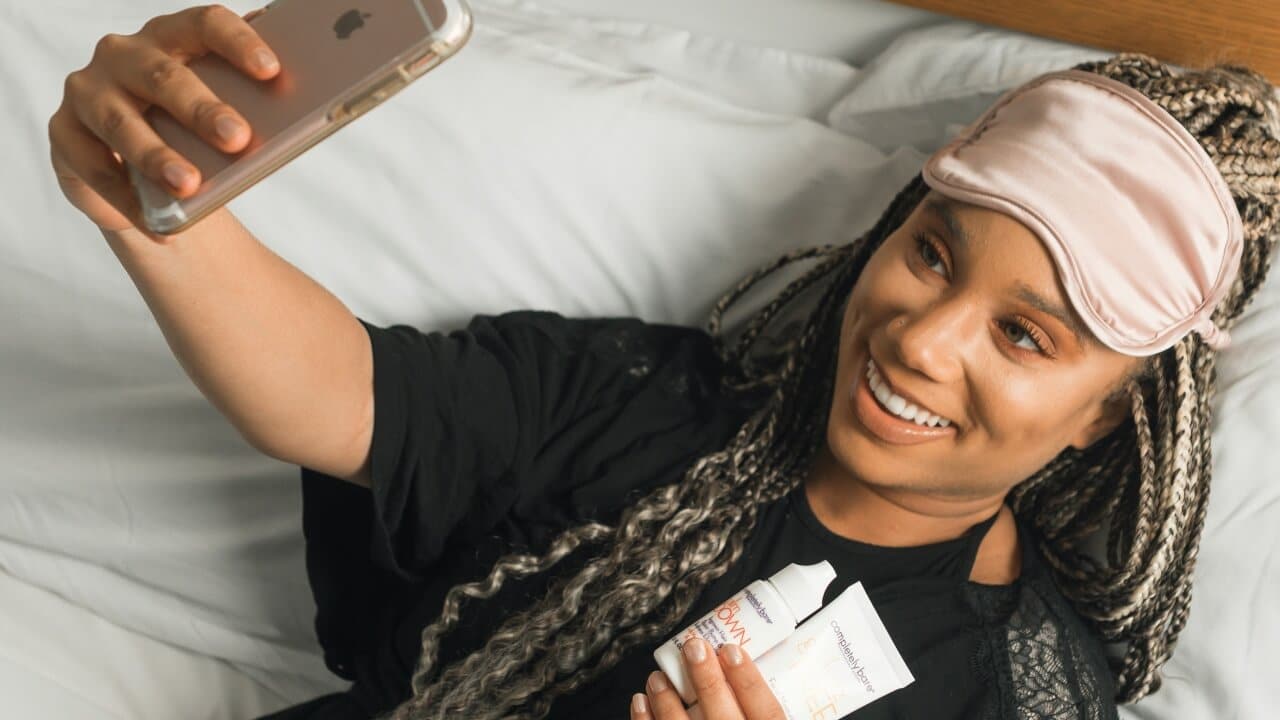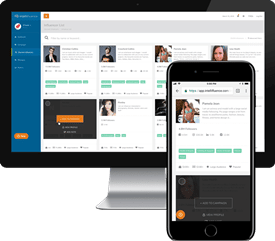In the age of social media, influencers hold substantial sway over consumer decisions. Brands are increasingly tapping into this power by collaborating with influencers to promote their products. But what if you’re working with a tight budget? How can you get influencers to promote your product for free? The answer lies in leveraging the value of your product itself. By offering influencers free products in exchange for reviews and testimonials, you can generate buzz without spending cash. Here’s how to navigate this strategy effectively.
Understanding the Value Exchange
As a brand you may be wondering how to get influencers to promote your product for free; the answer is understanding the value exchange. Influencers invest time, effort, and their personal brand reputation into promoting products. Therefore, the product you offer must be worth their while. This can mean offering something exclusive, high-quality, or particularly relevant to their audience.
Identifying the Right Influencers
- Micro-Influencers: Micro-influencers, those with 1,000 to 100,000 followers, are often more open to receiving products as compensation. They tend to have high engagement rates and a loyal following, making them a cost-effective choice for brands.
- Niche Relevance: Ensure the influencers you target are relevant to your product. A beauty product should go to beauty influencers, a fitness product to fitness influencers, and so on. This alignment increases the likelihood of the influencer being genuinely interested in your product and thus more enthusiastic about promoting it.
How to Contact Influencers to Promote Your Product
Once you’ve identified potential influencers, the next step is outreach. here’s how to approach it::
- Personalized Outreach: Personalization is crucial. Generic messages are likely to be ignored. Start by following them, engaging with their content, and getting a feel for their style. When you reach out, mention specific posts or projects of theirs that you admire.
- Clear and Concise Proposals: Be direct about what you’re offering and what you’re asking for. Include details about your product, why you think it’s a good fit for them, and what you hope they’ll do in return. An example message might be:
“Hi [Influencer’s Name],
I’m [Your Name] from [Your Brand]. I’ve been following your content for a while, and I’m particularly impressed with your recent post about [specific topic]. We believe our [product] would resonate well with your audience. We’d love to send you a sample in exchange for an honest review on your social media. Looking forward to hearing from you!”

Featured Influencer: Sarah Fisher
Owner of Blue Lotus Films. I started Blue Lotus Films to help wellness businesses raise their online visibility, generate leads, and increase their income. I LOVE helping wellness business owners create a memorable brand with inspiring videos.
When determining how to contact influencers to promote your product as a brand, it’s important to confidently identify the most effective platform to utilize. Intellifluence makes contacting influencers very easy. Once you have identified potential influencers, brands can pitch the influencer and the influencer will receive an email informing them of the potential collaboration. Additionally, all communication occurs on the platform via the Intellifluence messaging feature.
Creating a Win-Win Situation
- Exclusivity and Early Access: Offering influencers exclusive access to new products before they launch can be a significant draw. Early access makes influencers feel valued and part of an exclusive club.
- Customized Products: Personalization can also add value. Sending products that are customized or personalized for the influencer shows extra thought and effort, increasing the likelihood of them sharing it with their followers.
Pros and Cons of Product-Only Compensation
Pros
- Cost-Effective: The most apparent advantage is cost savings. Products often cost less to produce and ship than cash compensation, making it a viable option for small or new businesses.
- Product Exposure: Directly placing your product in the hands of influencers ensures they experience it firsthand. This can lead to more authentic and detailed reviews.
- Potential for Long-Term Relationships: Starting with product-only collaborations can pave the way for long-term partnerships. If influencers genuinely like your product, they may be open to future paid collaborations.
Cons
- Limited Reach: Influencers with larger followings often expect monetary compensation. Relying solely on product compensation may limit your ability to work with top-tier influencers.
- Variable Results: The effectiveness of product-only collaborations can be inconsistent. Some influencers may not provide the level of promotion you hoped for, leading to varied outcomes.
- Lack of Control: With product-only deals, you may have less control over the content created. Paid collaborations often come with more detailed agreements on the type and timing of posts.
At Intellifluence, brands have the option to provide product-only compensation, among other types available on our platform. When utilizing Intellifluence, brands can choose to offer cash compensation, product-only compensation, or a combination of cash and a complimentary product in exchange for an honest review.
Successful Examples of Product-Only Collaborations
- Glossier: The beauty brand Glossier has successfully used product-only collaborations to build its brand. They frequently send products to micro-influencers and encourage them to share their experiences. This grassroots approach has helped them build a strong, loyal community.
- Daniel Wellington: The watch brand Daniel Wellington leveraged product-only collaborations by sending watches to influencers in exchange for posts. They also provided discount codes for influencers to share with their followers, driving both sales and brand visibility.
- Sperry: The shoe brand Sperry collaborated with micro-influencers by sending free shoes in exchange for social media posts. This strategy helped them tap into niche markets and build brand awareness among specific audience segments.
Maximizing the Impact of Product-Only Collaborations
- Track Performance: Use tracking links or discount codes to monitor the performance of each influencer collaboration. This helps you understand which influencers drive the most engagement and sales.
- Engage with Influencer Content: Once an influencer posts about your product, engage with their content. Share it on your brand’s social media, comment, and express appreciation. This not only builds a positive relationship with the influencer but also signals to their followers that you value their endorsement.
- Gather Feedback: After the collaboration, ask influencers for feedback on the product and the collaboration process. This can provide valuable insights for future campaigns and product improvements.
Building Long-Term Relationships
One of the key benefits of starting with product-only collaborations is the potential to build long-term relationships. If influencers genuinely like your product, they may become ongoing advocates for your brand. Over time, as your budget allows, you can transition these relationships into paid partnerships, securing more significant and consistent promotion.
Getting influencers to promote your product for free is a strategic process that requires careful planning and execution. By identifying the right influencers, offering compelling value through your product, and fostering positive relationships, you can leverage the power of influencer marketing without breaking the bank. Remember, the goal is to create a win-win situation where both your brand and the influencer benefit, paving the way for potentially fruitful collaborations in the future.

SallyBot is committed to helping users get the most out of Intellifluence. By helping brands create campaigns, providing unparalleled customer service and offering useful advice, nothing makes SallyBot happier than hearing she is liked… Really, really liked.






